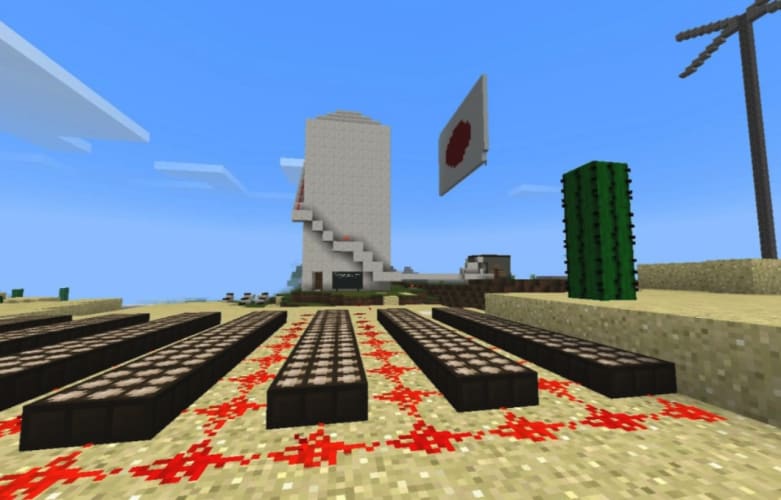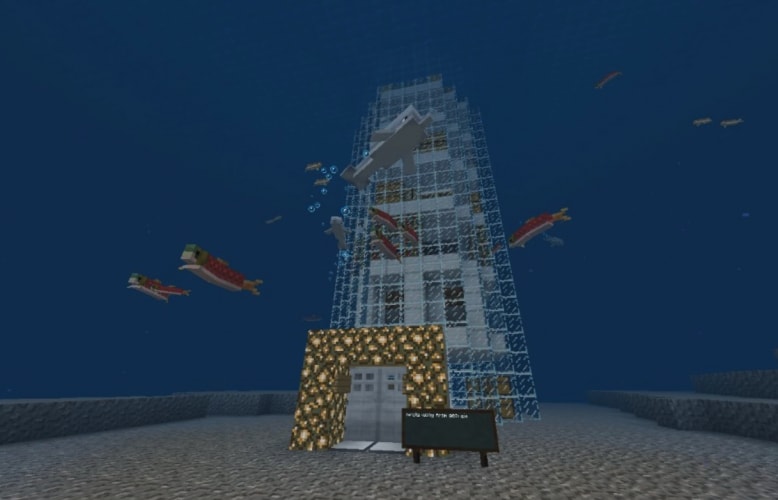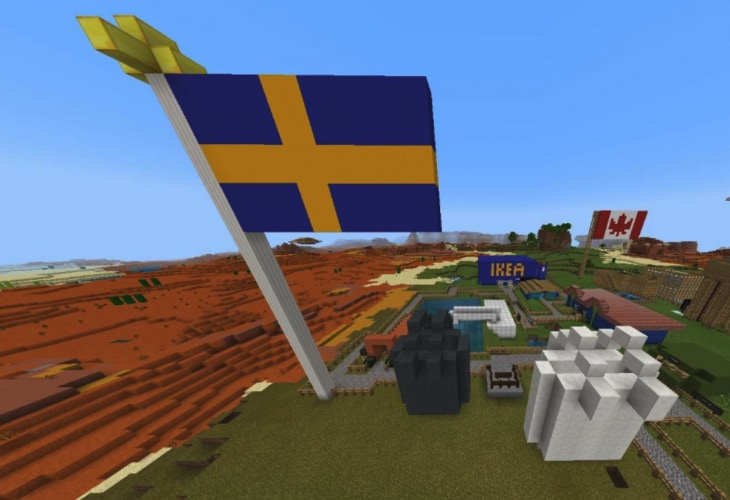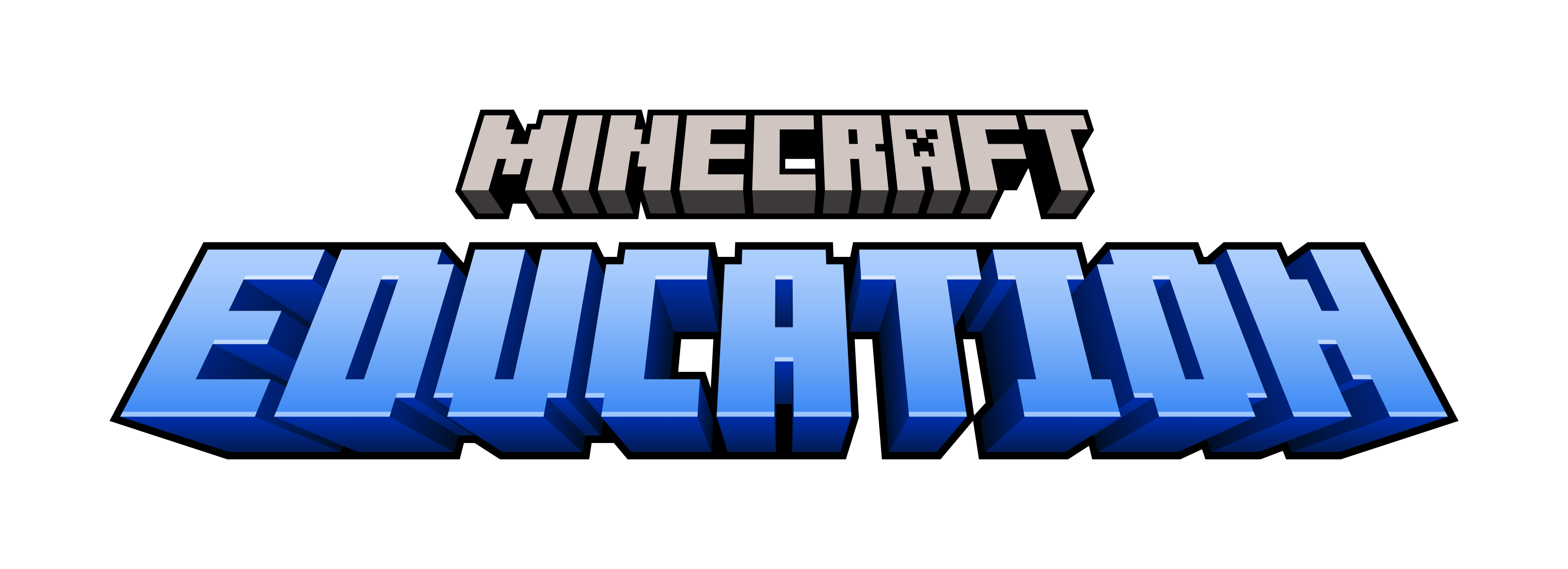A retrospective on the Sustainability Shuffle

Finding a truly global topic for students today can be difficult. Everyone has their own cultures and practices, which makes collaboration on an international scale difficult. On top of that barrier, learning needs to be meaningful for each student and something that, regardless of spoken language, everyone can understand and rally behind.
When I discovered this truly global challenge, I knew right away the best educational tool on Earth to address it was Minecraft: Education Edition. I created the “Sustainability Shuffle” which sought to build a better future by teaching the United Nation’s Sustainable Development Goals (SDGs) through engaging game-based learning. Two years later, we have a Minecraft world created entirely by students of all ages and from five continents which has increased awareness for the Global Goals as the digital world travels from country to country and class to class.
By using a Minecraft: Education Edition world with 17 villages that each represent the 17 SDGs, I have been able to facilitate an exchange of solutions globally from students in Kindergarten through Post-Secondary education. Amazing educators have showed true global leadership as they inspired and challenged their classes in the creation of blocky solutions for the Global Goal targets and opportunities.
The SDGs have a place in every classroom and this Minecraft project demonstrates that wonderfully. France tracked their water usage for a week in math class and made a bar graph representing the results for their Sustainability Shuffle Minecraft build. Sweden approached their build scientifically, noting that it takes nearly 10,000 litres of water to make just one pair of jeans. Italian students in technology class designed simple underground dwellings for SDG 1 (No Poverty). Dutch students looked at the economics of share economies and free systems for libraries, shelters and clothing. They also explored gender issues with the creation of co-ed sports opportunities at the highest levels. From the physics involved in Canada’s river waterwheel pump for crop production, to the biology in underwater crop growing and stopping coral bleaching this project has spanned subjects and grade levels. Every classroom on Earth can benefit from incorporating these goals. Minecraft: Education Edition is a flexible, empowering and engaging tool to help students demonstrate understanding and world-changing solutions.
Here is a retrospective of the entire project to date including student solutions, the teachers that drove the success and the logistics involved in creating a truly collaborative and global effort for the World’s Largest Lesson. These educators teach SDGs using game-based learning and cultivate action, awareness, critical-thinking, creativity, collaboration, citizenship and empathy development. We can’t wait to see where this project goes in the coming years.
Benjamin Kelly is a Canadian teacher and Global Minecraft Mentor.





